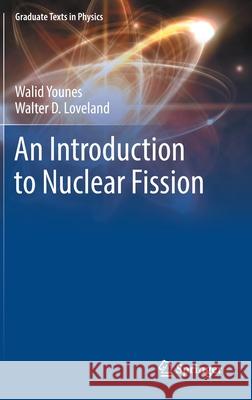An Introduction to Nuclear Fission » książka
topmenu
An Introduction to Nuclear Fission
ISBN-13: 9783030845919 / Angielski / Twarda / 2021 / 208 str.
An Introduction to Nuclear Fission
ISBN-13: 9783030845919 / Angielski / Twarda / 2021 / 208 str.
cena 342,14
(netto: 325,85 VAT: 5%)
Najniższa cena z 30 dni: 327,68
(netto: 325,85 VAT: 5%)
Najniższa cena z 30 dni: 327,68
Termin realizacji zamówienia:
ok. 22 dni roboczych
Dostawa w 2026 r.
ok. 22 dni roboczych
Dostawa w 2026 r.
Darmowa dostawa!
Kategorie BISAC:
Wydawca:
Springer
Seria wydawnicza:
Język:
Angielski
ISBN-13:
9783030845919
Rok wydania:
2021
Wydanie:
2021
Numer serii:
000394232
Ilość stron:
208
Waga:
0.46 kg
Wymiary:
23.39 x 15.6 x 1.27
Oprawa:
Twarda
Wolumenów:
01
Dodatkowe informacje:
Wydanie ilustrowane











